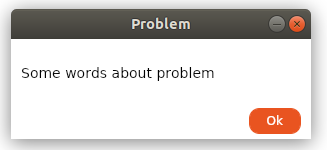
No doubts that async/await pattern has significantly simplified working with asynchronous operations in C#. However, this simplification relates only to the situation when asynchronous operations are executed consequently. If we need to execute several asynchronous operations simultaneously (e.g. we need to call several micro-services) then we do not have many built-in capabilities and most probably Task.WhenAll will be used:
Task<SomeType1> someAsyncOp1 = SomeAsyncOperation1();
Task<SomeType2> someAsyncOp2 = SomeAsyncOperation2();
Task<SomeType3> someAsyncOp3 = SomeAsyncOperation3();
Task<SomeType4> someAsyncOp4 = SomeAsyncOperation4();
await Task.WhenAll(someAsyncOp1, someAsyncOp2, someAsyncOp4);
var result = new SomeContainer(
someAsyncOp1.Result,someAsyncOp2.Result,someAsyncOp3.Result, someAsyncOp4.Result);This is a working solution, but it is quite verbose and not very reliable (you can forget to add a new task to “WhenAll”). I would prefer something like that instead:
var result = await
from r1 in SomeAsyncOperation1()
from r2 in SomeAsyncOperation2()
from r3 in SomeAsyncOperation3()
from r4 in SomeAsyncOperation4()
select new SomeContainer(r1, r2, r3, r4);Further I will tell you what is necessary for this construction to work...














 This chapter was translated from Russian jointly by author and by
This chapter was translated from Russian jointly by author and by 